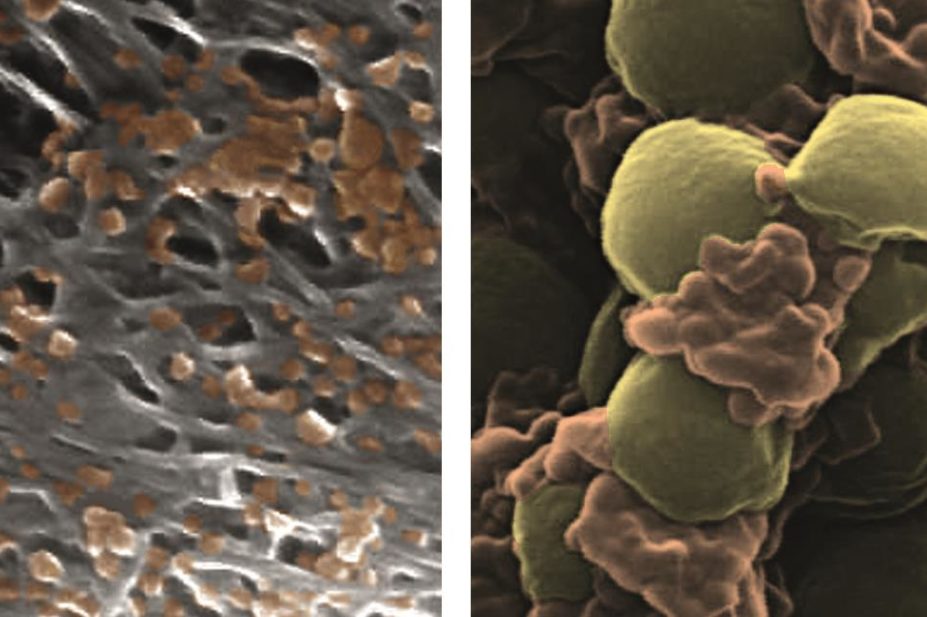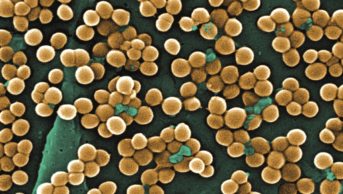
Zhang Research UC San Diego Jacobs School of Engineering
Researchers are interested in developing nanoparticles that can mimic blood platelets so that they can deliver drugs to specific sites in the body while evading the immune system. However, it has proved difficult to recreate the set of platelet surface-proteins that mediate biological interactions.
A paper published in Nature (online, 16 September 2015)[1]
outlines a novel way to overcome this issue — coat the nanoparticles in platelet membranes.
The researchers at the University of California, San Diego, used the 100nm wide particles to deliver docetaxel to damaged blood vessels in rats, where they were more effective at preventing scar tissue formation than free docetaxel. In mice infected with MRSA, the nanoparticles reduced bacterial counts more than free vancomycin — at one-sixth of the dose — raising the possibility that they could boost the efficacy of existing antibiotics.
References
[1] Hu C-MJ, Fang RH, Wang K-C et al. Nanoparticle biointerfacing by platelet membrane cloaking. Nature 2015. doi.org/10.1038/nature15373


